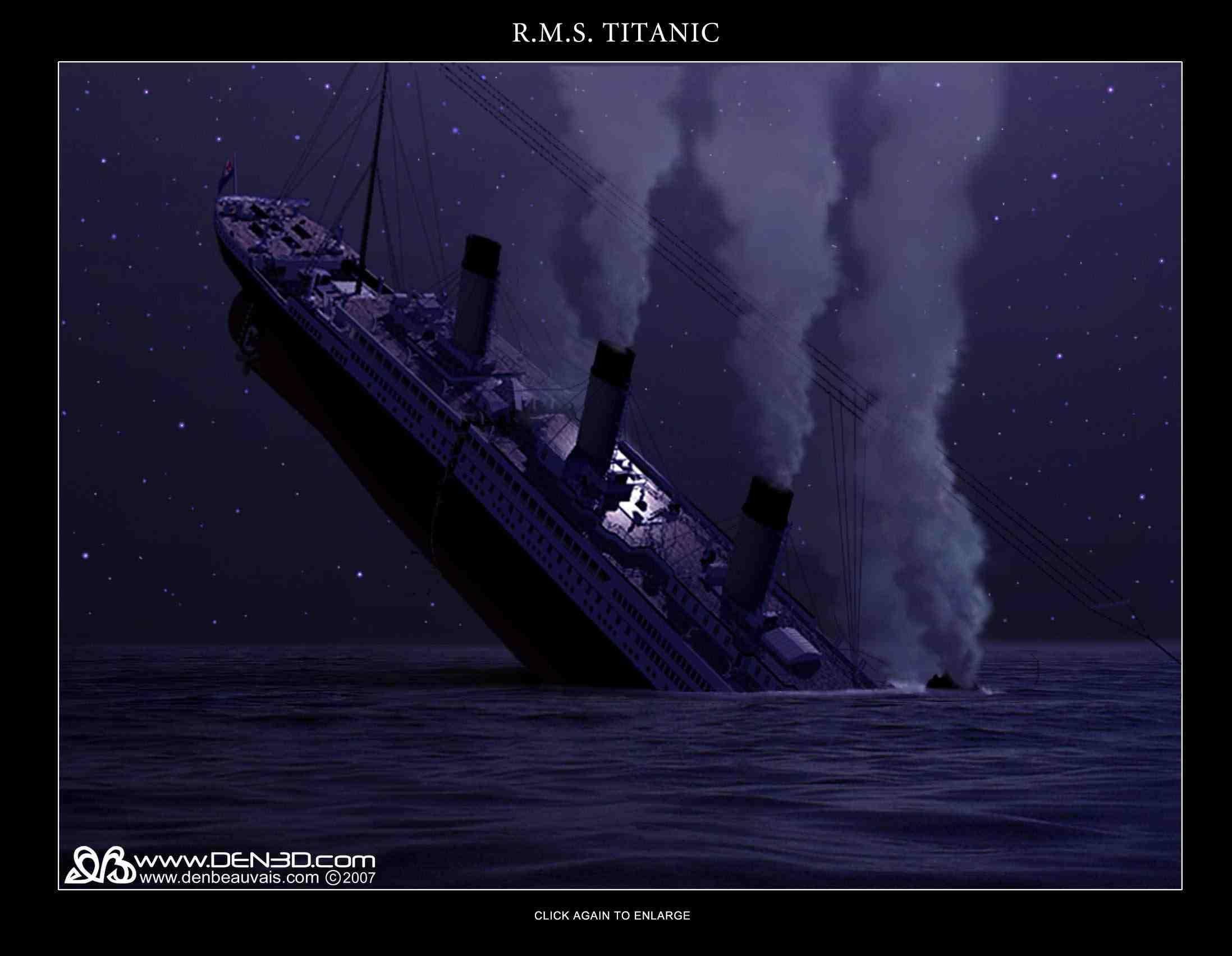


Most icebergs melt within their first year. Then it caught the Labrador current, which carries freezing water south. At one point, it traveled north and spent the summer of 1910 farther toward the north pole. Coast Guard nicknamed the area “iceberg alley.”įor three years the icy mass bobbed and weaved in Arctic waters. Such an extreme number of icebergs traveled south through the east strait of the Grand Banks in eastern Newfoundland that in 1912 the U.S. Steel hulls were invincible, he said, but that was based on assumption, not experience. Towson knew that icebergs posed an existential danger to the wooden hulls of nineteenth‐century ships. John Thomas Towson, a scientist devoted to ship navigation who wrote a book called Practical Information on the Deviation of the Compass, observed in 1857 that icebergs were no different-and no softer-than rocks formed over millennia by time and pressure. BuyĪt the time, humans knew little about the behavior of icebergs, except that most melted somewhere in the Arctic Circle. SINKABLE: Obsession, the Deep Sea, and the Shipwreck of The TitanicĪ fascinating and rollicking plunge into the story of the world's most famous shipwreck. Yet four days into its first transatlantic steaming, after the ship’s famous brush with ice, all but 710 of them would be floating dead on the surface, or worse, yanked deep to the ocean floor. Once full, the manifest accounted for just over 2200 people, more than a third of them crew. The ship rolled off a drydock in Northern Ireland in early 1912 and stopped to make pick-ups in Cherbourg, France, and Queenstown, Ireland, before turning west for New York. None of these amenities turned out to matter for long.
#When did the titanic sink windows#
The highest price ticket on the Titanic, just north of $60,000 in today’s dollars, granted a passenger access to an elite dining room, oak-paneled meeting rooms, a Turkish bath, a salt-water swimming pool, enormous bay windows and a roving orchestra. They were designed to ferry the rich, famous and well-connected across the Atlantic in ornate cabins with elegant Victorian amenities. Built over three years, it was a triplet, designed by the White Star Line with two sister ships, the Olympic (1911) and the slightly larger Britannic (1915). It would be the largest and most luxurious passenger liner ever to float. That steamship, the Titanic, was conceived with a competitive ambition for size and opulence. It would tower over the largest steamship ever conceived, which was also formed in that summer of 1909. Around too briefly to have a name, this iceberg was more than two miles wide and one hundred feet tall at its birth, big enough to dwarf the Colosseum in Rome and all the pyramids put together, at least before it started melting. But it was one particular iceberg that fell in the summer of 1909 that would drift toward infamy. Ice weakens as it nears the coast, because every day, particularly in the summer, enormous walls of ice flake off the glacier and fall into the ocean. Snow that started as flakes was transformed to dense glacial ice as it moved quickly, about four miles per year, toward the west coast of Greenland. With time, the fresh flakes descended into the ice, hidden from daylight, and compressed by pressure to a third of their original size.įitting with geology, thousands of years passed and little happened. The landmass was already covered in ice two miles thick. It was probably this form of fern‐like snow that fell one day, fifteen thousand years ago, on the frozen ice sheets of Greenland. Extra‐cold weather is when you find the classic shape of a six‐sided prism, or the fern‐like crystal with six radiating branches. Cold temperatures produce flakes that look like bullets or needles. They start as spheres and form tendrils to diffuse heat. And even though every snowflake is different, they’re not as unique as we’ve been told. Snow tends to fall in places where other snow has already fallen. But as soon as one extra crystal crosses the tipping point, the structure will succumb to gravity and fall. As long as the growing snowflake remains lighter than air, it will float. A piece of dust forms a crystal, and the appearance of that crystal attracts more crystals until they form long dendrites around the speck of dust like ants around a piece of chocolate. When snow falls, the properties of water perform a delicate dance.


 0 kommentar(er)
0 kommentar(er)
